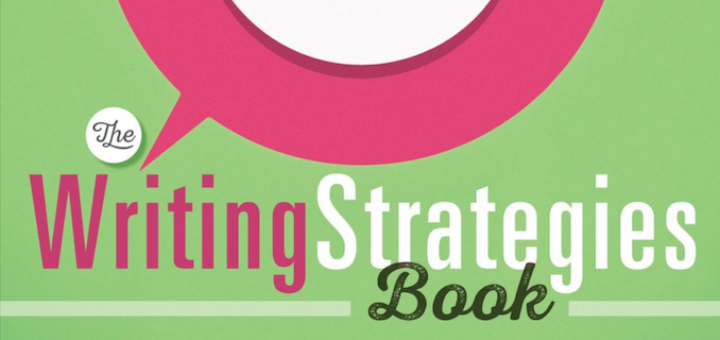Tagged: writing strategies
We enjoy publishing MiddleWeb articles that team a school-based teacher and a school-focused author/consultant who share classroom strategies they’ve been developing together. We’ve chosen 10 examples from our trove of guest articles to showcase the power of these team-ups.
Using the Reading Response strategy, Marilyn Pryle writes, class time becomes a time of meaningful discovery. Students do not passively ingest information but actively create ideas through their own thinking, writing and discussion. Teachers facilitate, clarify and celebrate.
Consultant Jen Serravallo often hears teachers say they’re uncomfortable teaching writing. Her solution: promote student engagement and independence. As kids become more excited, she says, “that enthusiasm will spill over to you.” Here are five ideas to get started.
In “The Writing Strategies Book” Jennifer Serravallo has pulled together 300 useful writing strategies and lessons, coordinated by grade, genre, and point in the writing process. Serravallo’s well-organized and easy-to-use resource is sure to come in handy right away, says reviewer Kevin Hodgson.
Lori G. Wilfong knows how to write for teachers: concise, conversational and filled with practical ideas. In Writing Strategies That Work: Do This–Not That!, she presents current best practices for teachers of all grades and content areas, says Anne Anderson.
The Best-Kept Teaching Secret “will be a book that I’ll refer to often,” says MiddleWeb reviewer Sandy Wisneski. Smokey and Elaine Daniels offer ideas that are both powerful and simple to implement, she writes, showing teachers how to bring life to “written conversations.”




















